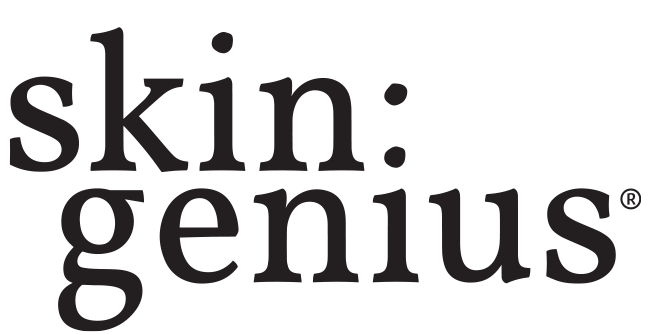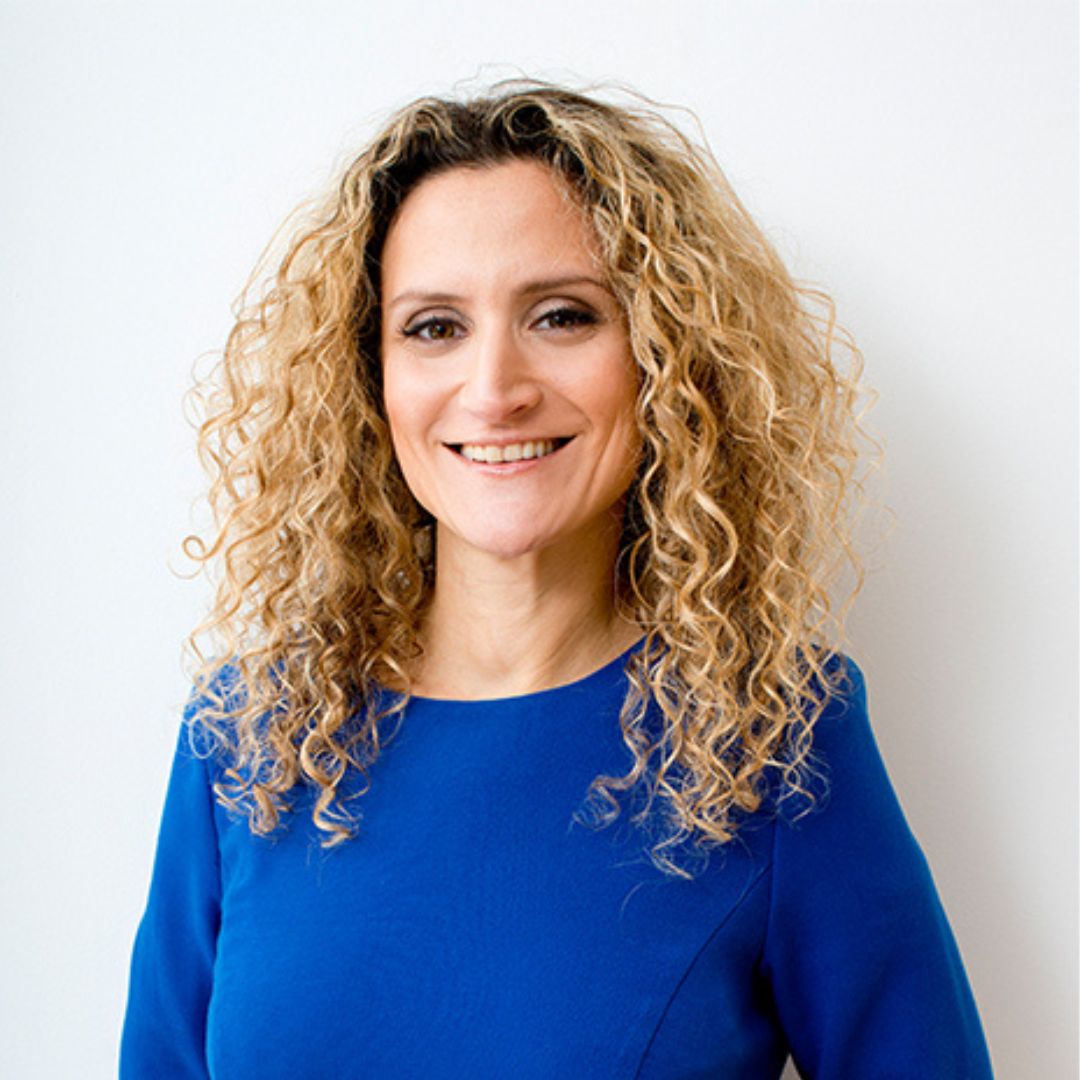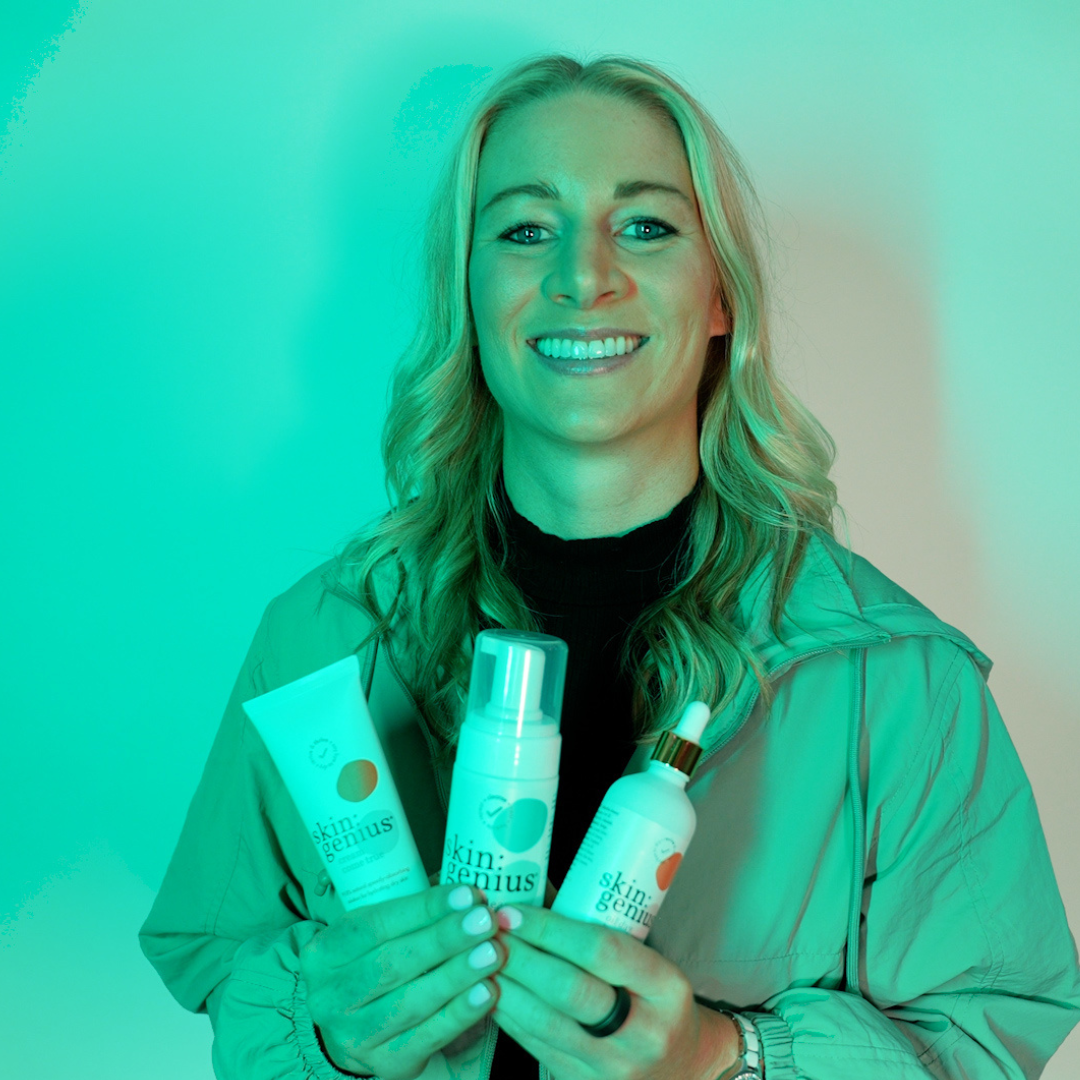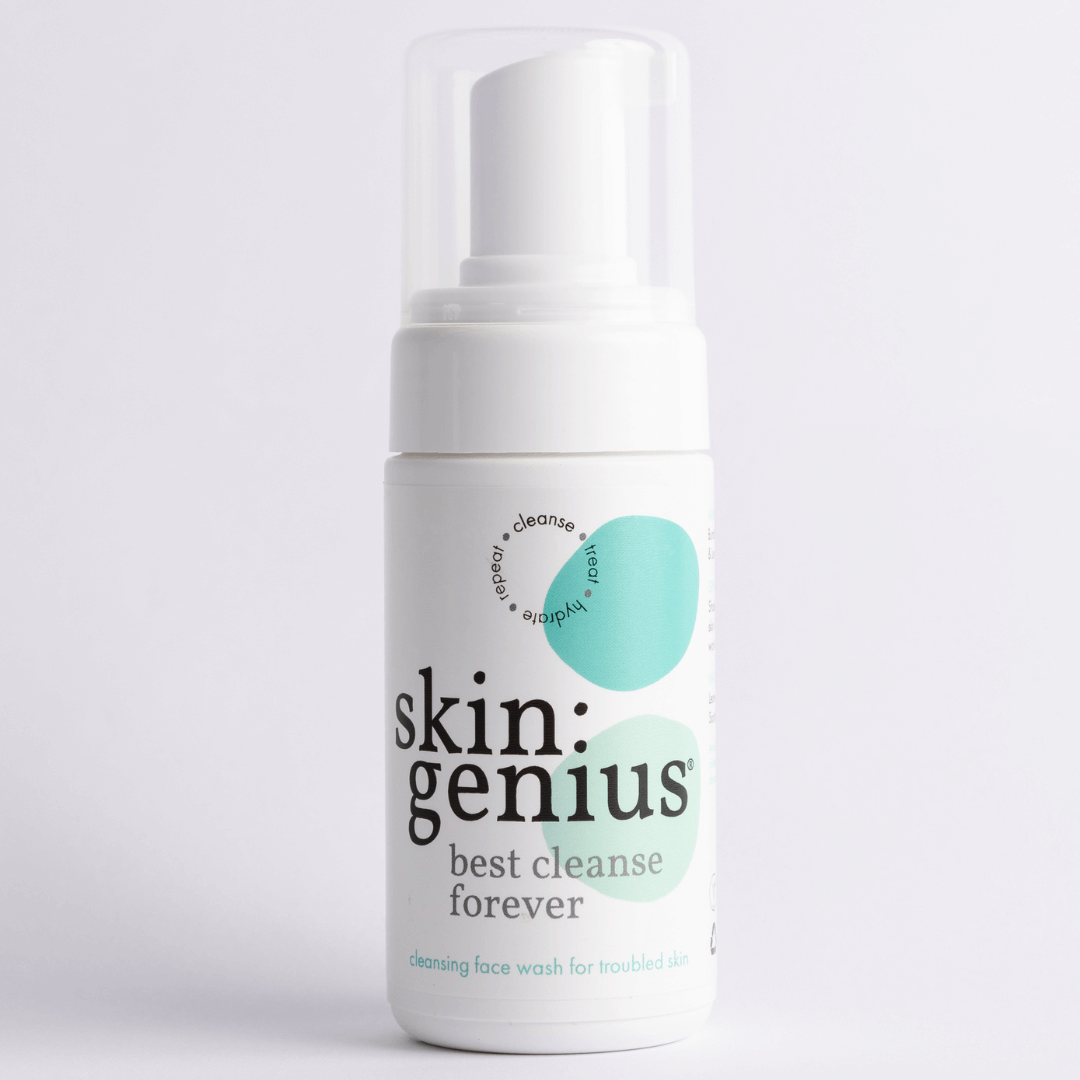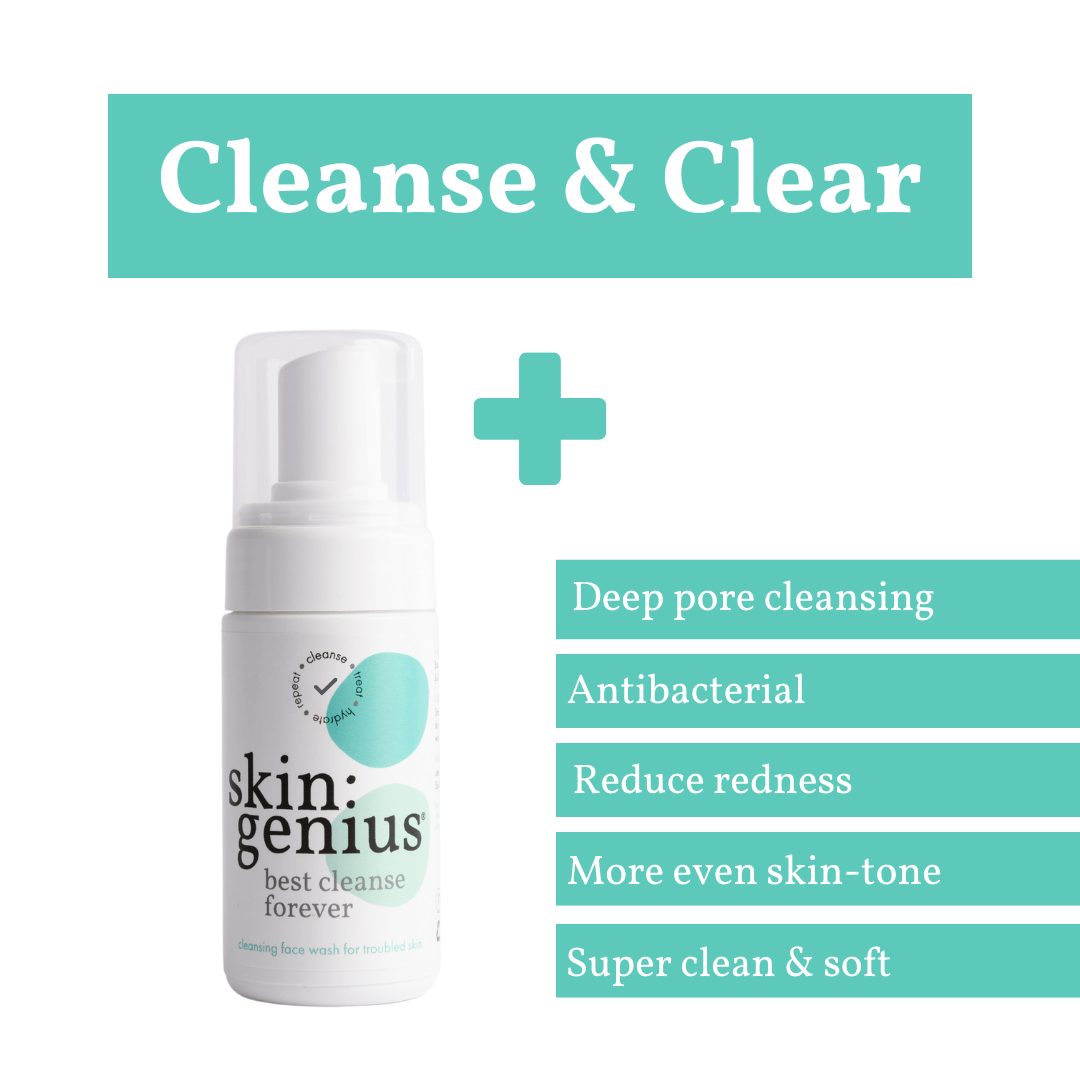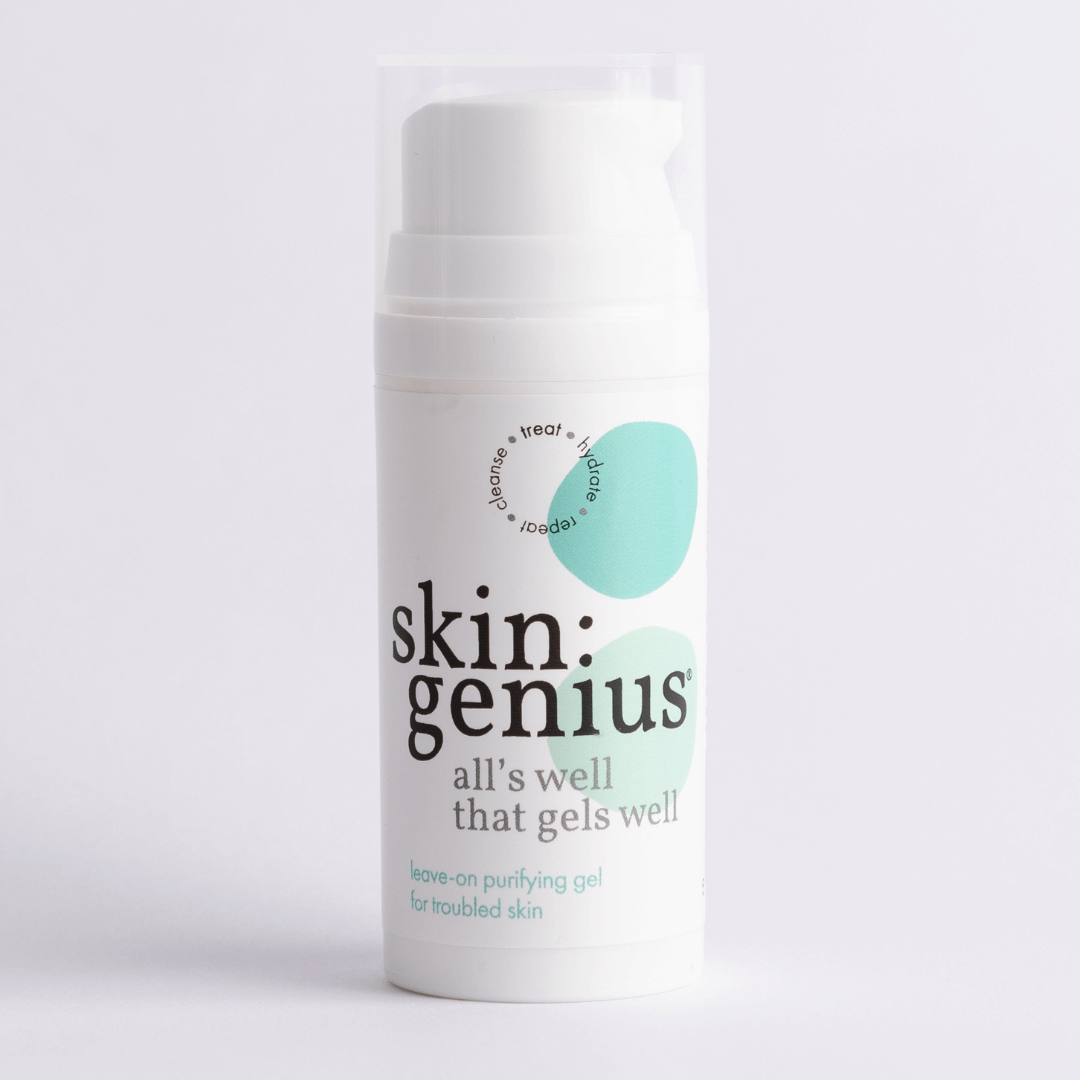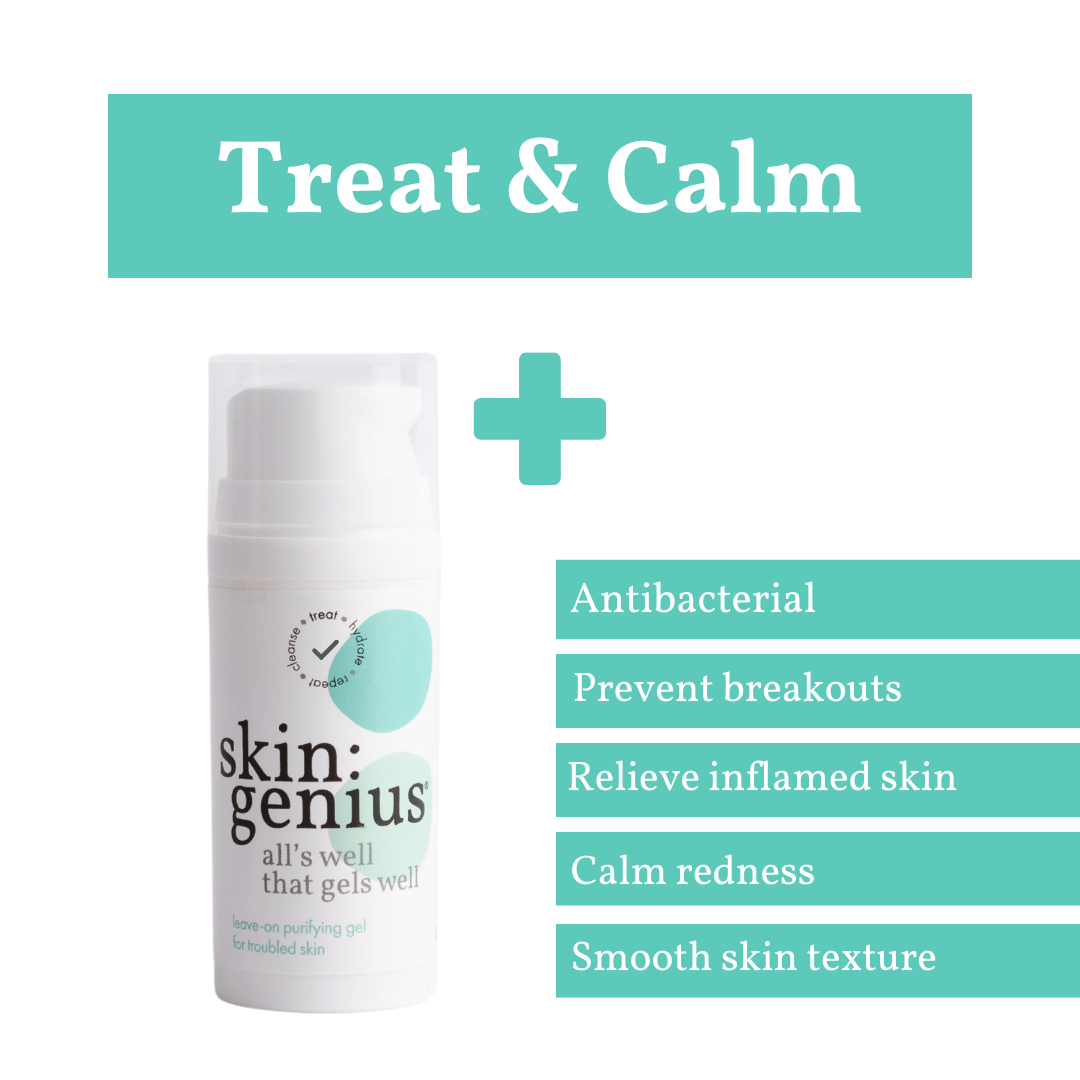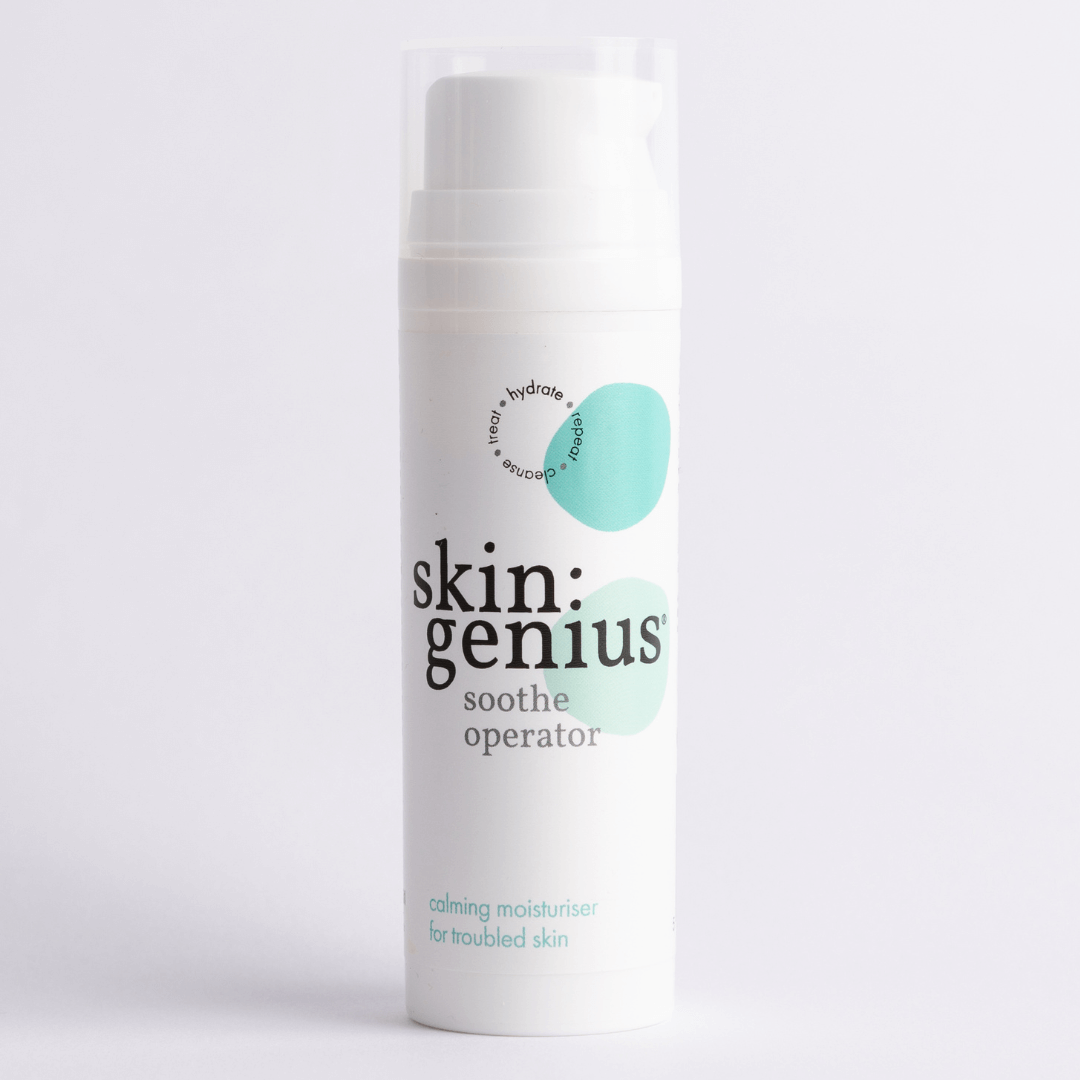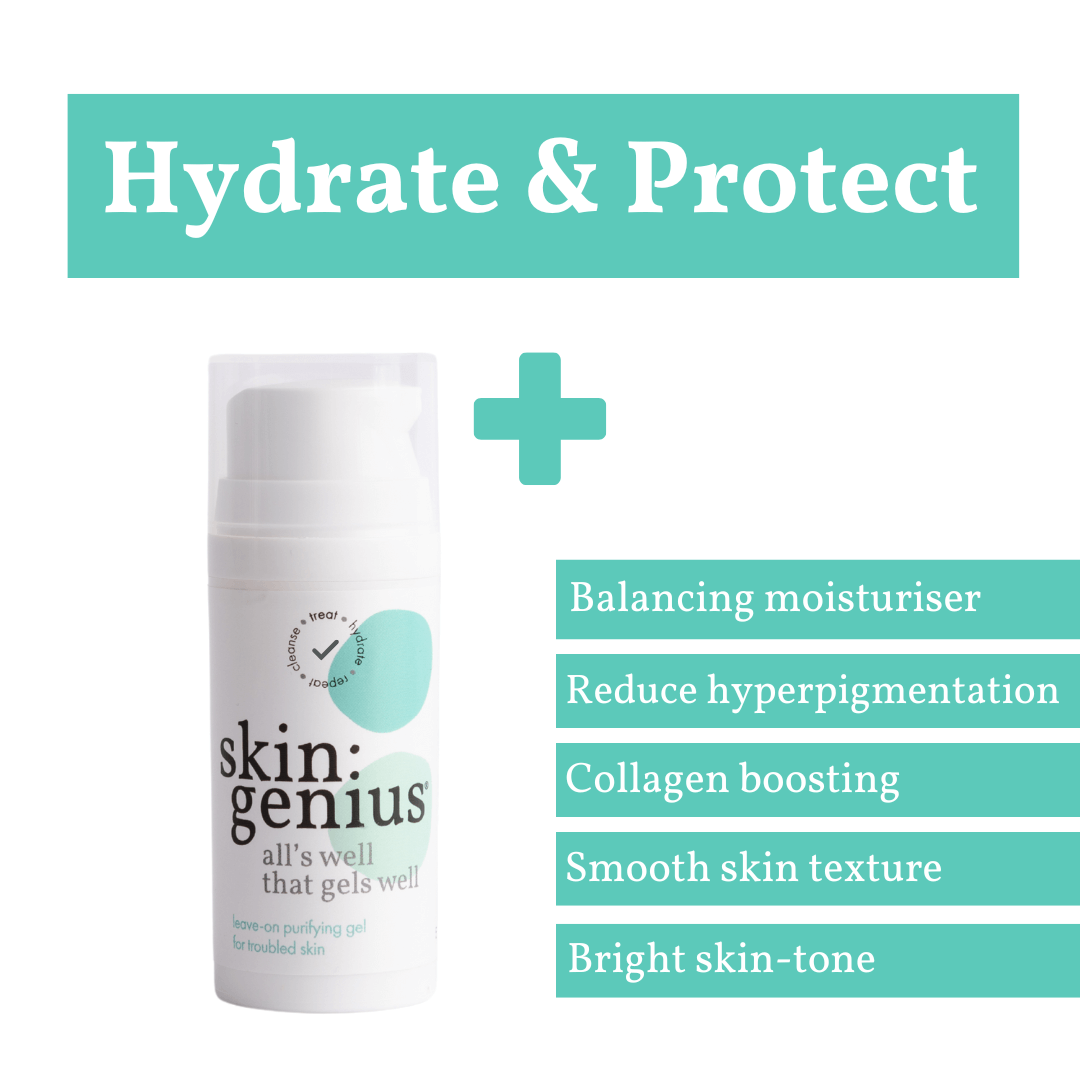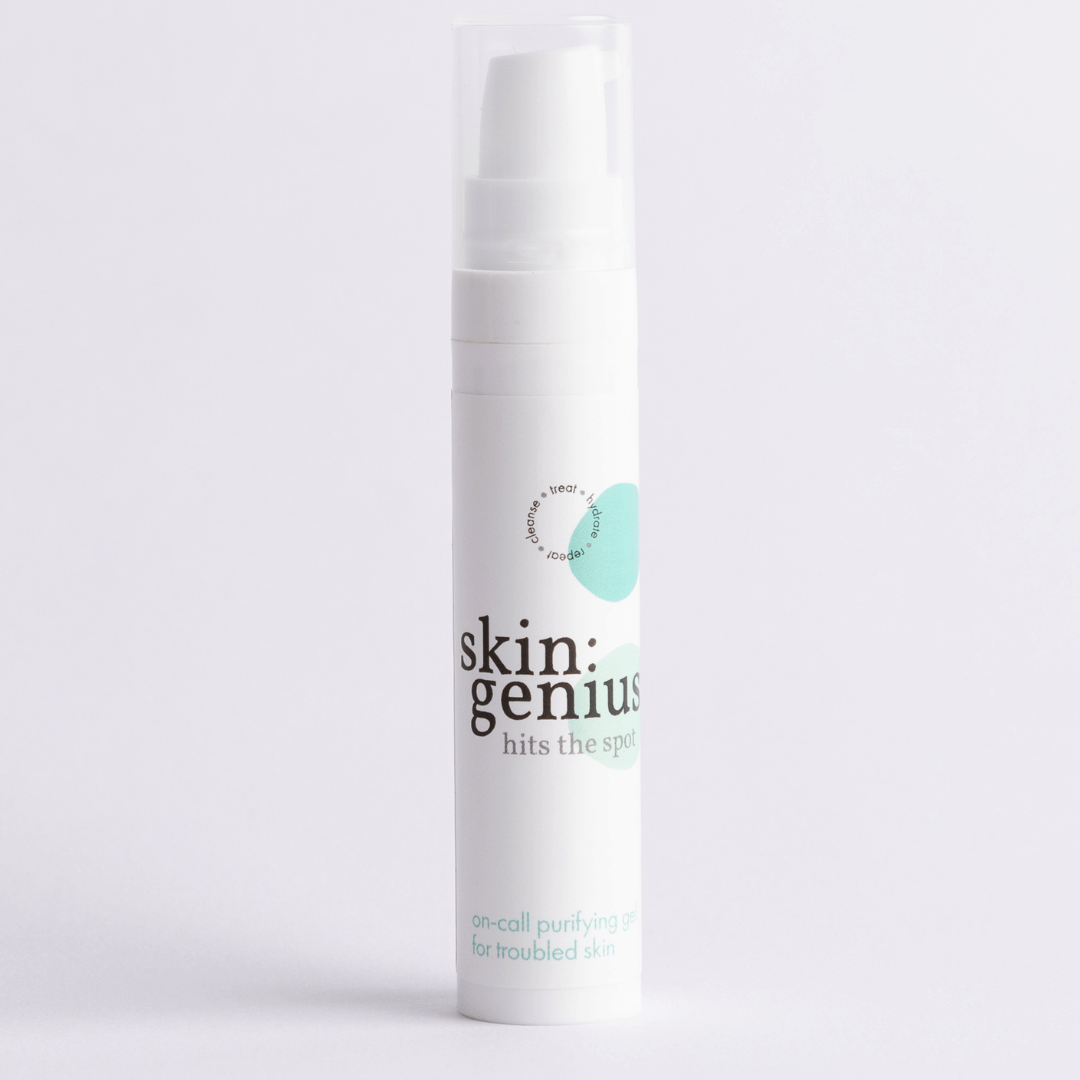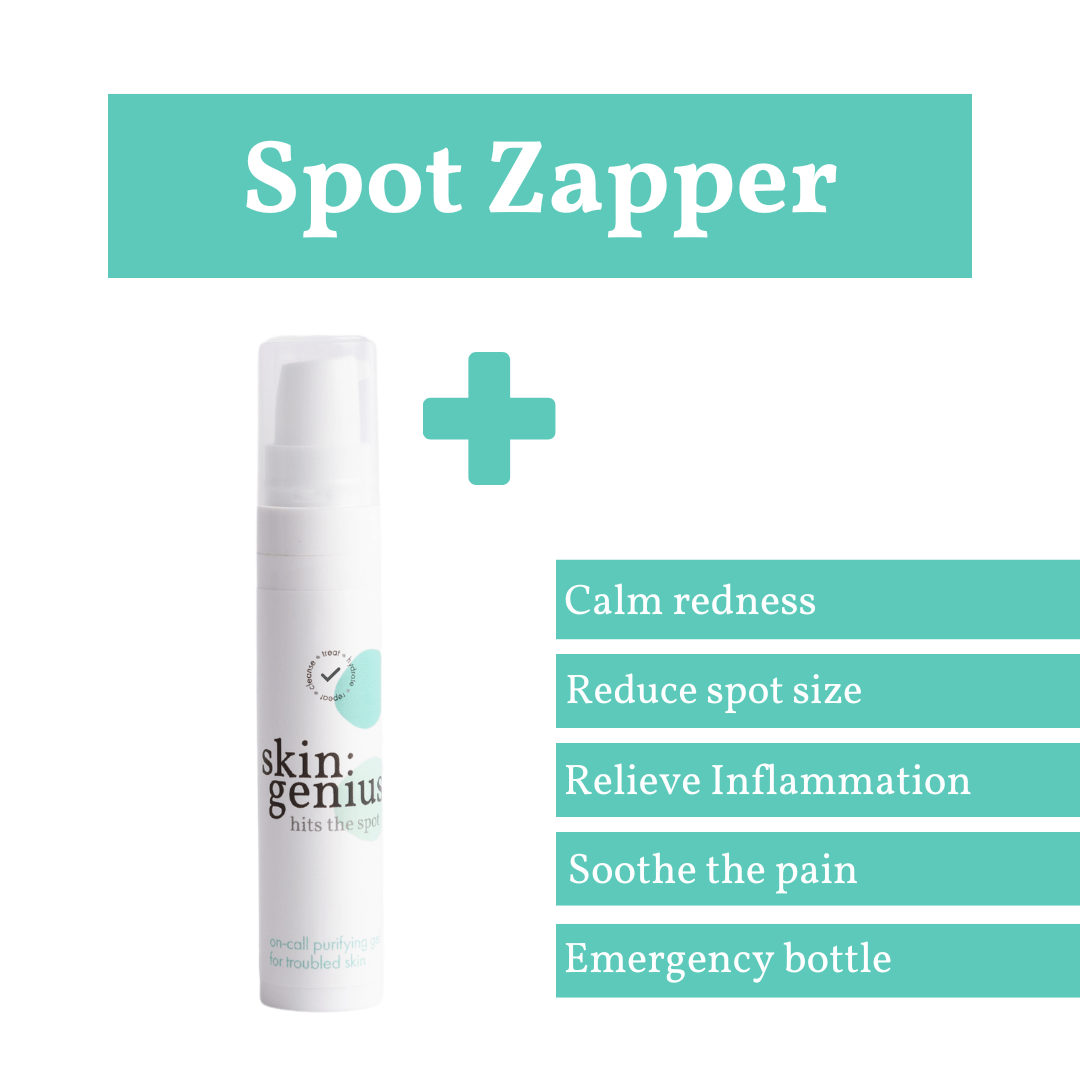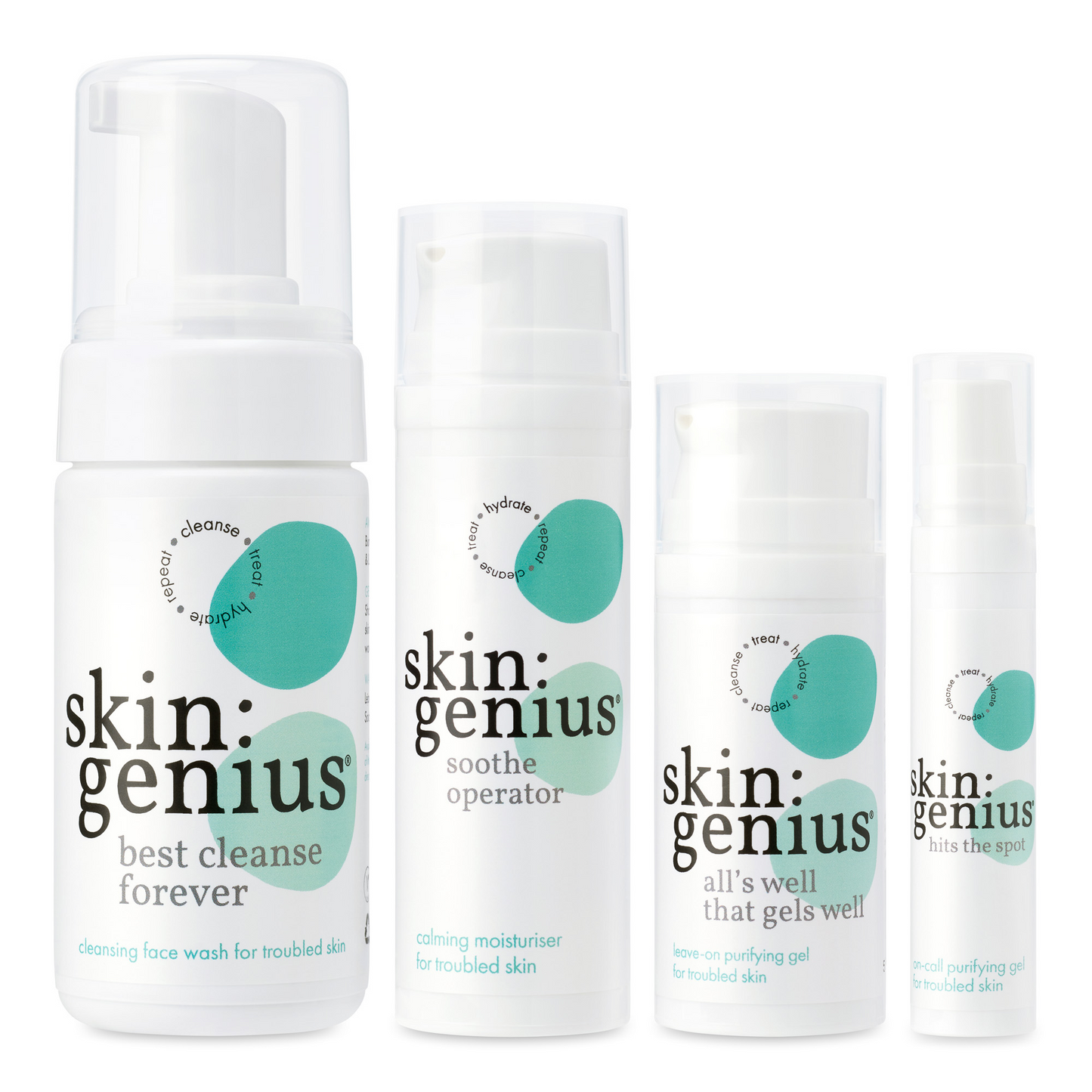Why do I get spots?
Learn more about acne, spots and breakouts and what actions you can take to look and feel better
Your skin is incredible. It’s your body’s largest organ and also the ultimate multitasker, simultaneously protecting you and your organs from the outside world while shedding cells (30,000 to 40,000 per hour!) and regulating your body temperature.
Our skin is our first line of defence against disease, containing antibacterial substances that prevent infection. Its sensory receptors and neurons keep our brains in touch with what’s happening in the physical world. But how much do you know about your skin?
About your skin
Your skin has three layers. The layer you see is called the Epidermis and consists of cells made up of keratin — the tough protein found in your hair and nails. The second layer, the Dermis, is where your sweat glands and hair follicles live. The deepest layer, the Subcutis, includes a layer of fat for insulation and acts as a protective cushion.
Understanding how your skin works is beneficial to not only help you look at your best but feel at your best too. Your breakouts and the overall condition of your skin can reveal a lot about your health.
While problematic skin could mean you need to alter your daily skincare routine, or you’re going through a stressful patch, it can also be a tell-tale sign of an underlying condition.

Acne Facts
Acne (medically known as Acne Vulgaris) is a persistent, inflammatory skin condition caused by an overproduction of oil resulting in breakouts and pimples that can appear on your face, shoulders, back, chest and upper arms.

Acne is the most common skin condition, affecting around 95% of people aged 11-35* to some degree and occurs when there's an excess of sebum, the oily substance produced by glands found at the base of hair follicles. When these glands over produce sebum, the follicles become clogged with dead skin, cells, debris and bacteria resulting in pimples and inflammation.
Acne is not just for teenagers. If you're female, the most common cause of adult acne is hormonal fluctuations that happen during menstrual cycles, pregnancy and menopause. As your hormone levels change, your skin becomes oilier, clogging pores and leading to breakouts.
For both men and women, stress is another common factor. As you age, balancing work, family life and finances isn't always a walk in the park. Stress triggers a rise in hormones and ramps up your adrenal glands, which can cause your skin to break out almost as if you were a teenager again. Using a journal to record sleep, menstrual cycle, skincare, supplements, makeup, food, mood, sleep patterns and hydration levels can help you identify patterns.
*nhs.co.uk
Identifying The Different Types Of Acne
Not all acne is the same. Knowledge is power, and once you figure out what you’re dealing with, it’s far easier to treat and get a clear start.
BLACKHEADS

What you see: Tiny, dark pinpoint-like spots in the centre of your pores.
What’s really going on: Blackheads are blocked pores. The reason for their colour is because they have a larger surface than whiteheads, allowing air to enter and oxidise the oil inside the pore, turning it into a blackhead.
PUSTULES

What you see: Angry, swollen pimples infected with a white or yellow substance.
What’s really going on: The inflammatory type, these may look similar to a whitehead but are way more aggressive and painful. They often have yellow or whiteheads on top filled with — yep, you guessed it — pus.
WHITEHEADS

What you see: A standard, ordinary pimple with the appearance of a whitehead in the centre.
What’s really going on: Skin cells become trapped together inside your pores and end up blocking the opening. Oil trapped beneath the skin sits among bacteria, causing inflammation and the arrival of a pimple. The whitehead you see forming above the surface of the skin is the blocked pore.
NODULES

What you see: Similar to cystic acne (also deeply embedded within the skin) they appear as red, swollen bumps on the face and in larger areas of your skin (chest and back).
What’s really going on: Nodules happen when clogged pores endure further irritation and grow in size. Unlike pustules and papules, nodules develop deeper underneath the skin and as a result, are incredibly uncomfortable and sore.
PAPULES

What you see: patches of small (yet angry in size) red spots without a head to them.
What’s really going on: These painful guys are the sly work of bacteria. A type of inflammatory acne caused by the bacteria Propionibacterium acnes (P. acnes), creating bumps on the surface of the skin that are red and extremely sensitive.
CYSTIC ACNE

What you see: Large red fluid-filled bumps that often resemble a boil around your chin and jawline area.
What’s really going on: Painful to the touch, these red and white bumps are the largest form of acne. Cystic acne is deeply embedded in the skin tissue, occurring from a severe infection. This type of acne is likely to do the most damage to your skin and cause scarring.
How Can I Help My Skin?

Commitment : Routine : Patience
There are immediate steps you can take towards clearing your skin and achieving a clear complexion.
It all begins with learning how to treat and care for your skin and sticking to a simple daily skincare routine. At first, you might be inclined to over-exfoliate your skin, in the hope you’ll be able to scrub the spots away. Sadly, it’s not that simple, and this can do more harm than good.
Spots are caused by a build-up of oil resulting in your pores becoming clogged. That’s why it’s essential to cleanse your face every morning and every night to remove bacteria which causes inflammation.
A daily skincare routine might seem like a significant commitment, but it really doesn't have to be complicated (or involve a hundred products). Once you get in the habit of spending just a few minutes out of your morning and night caring for your skin, you’ll quickly see a real difference.
Listen to your skin, it won’t clear overnight but if you persevere - trust us, the results are worth it.
